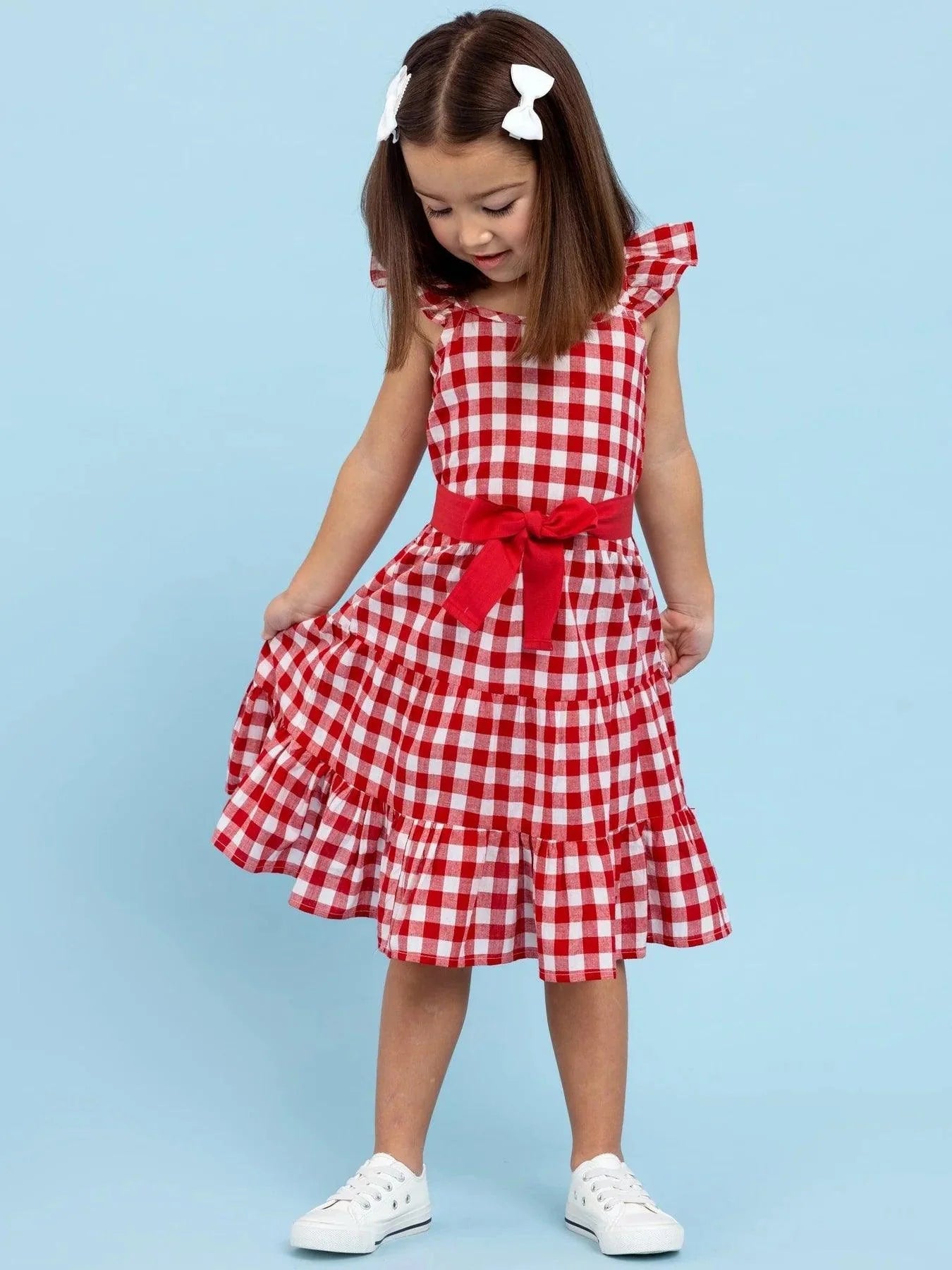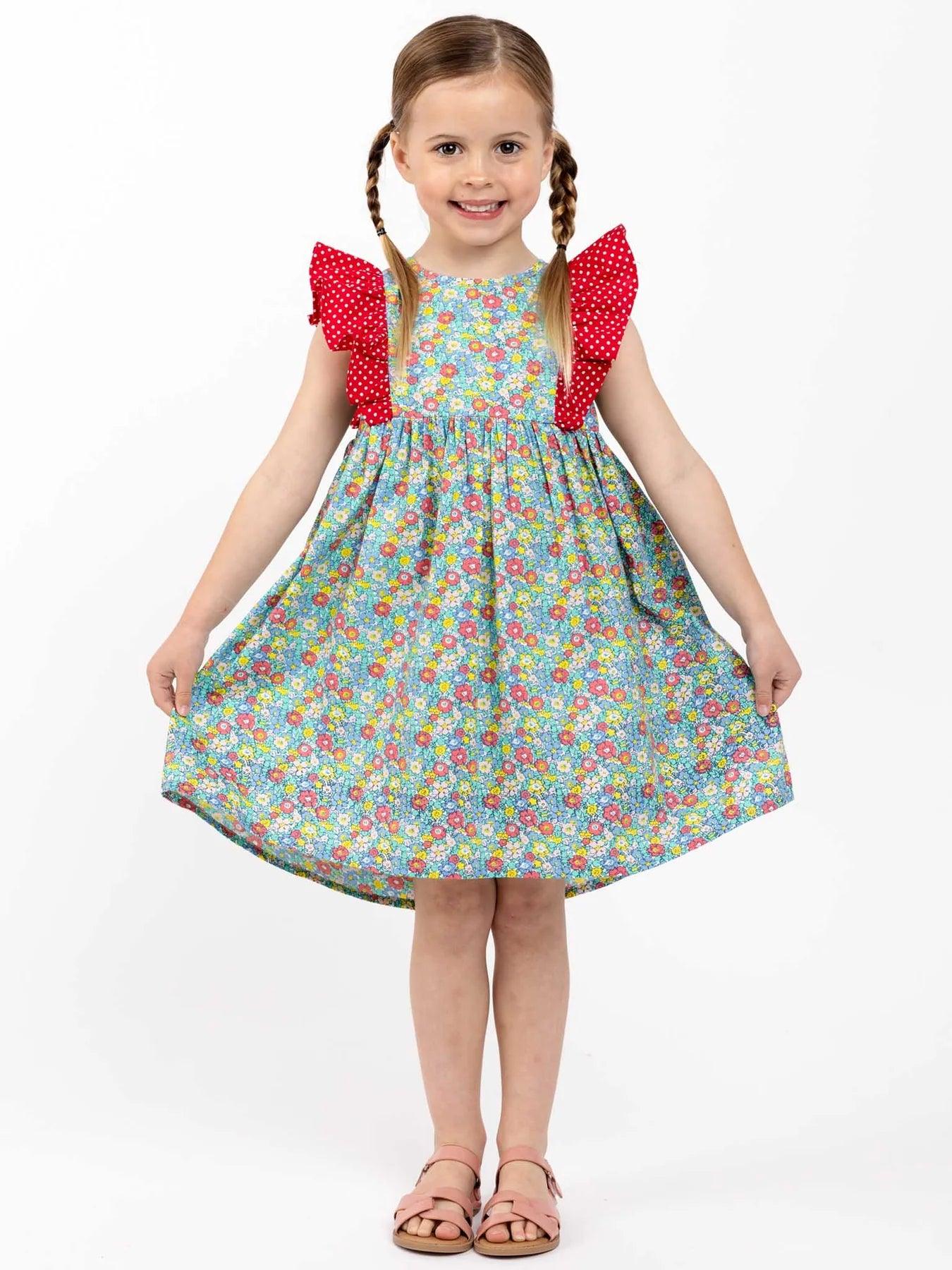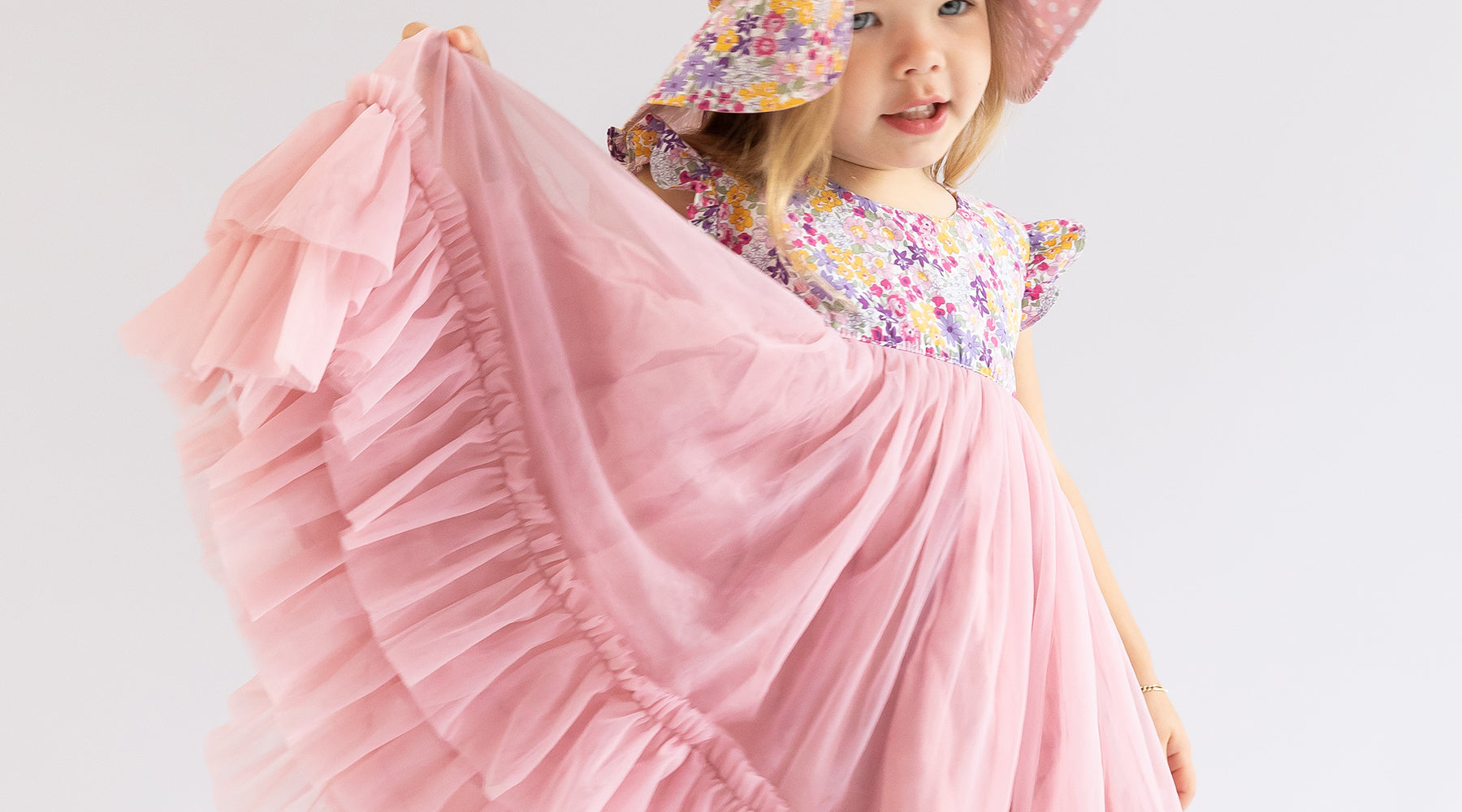
Red Dresses
Image: https://www.oobi.com.au/products/red-gingham-tiered-dress
Dresses are arguably the most versatile clothing for girls of all ages. Whatever the occasion, there’s a perfect dress, be it an adorable and attention-grabbing tutu dress or a beautiful little gown.
In addition to the occasion, you should consider a few other factors when choosing a dress. Let’s start with the colour.
Though some people shy away from them, red dresses (and red clothing in general) have historically been a beloved garment, symbolising everything from love to rebellion.
Read about the importance of red dresses throughout history and different cultures, and empower yourself to wear one of these striking pieces, perhaps even matching with your little one.
The Red Chronicles
One look at this colour and it becomes clear why red has often been favoured above all other colours throughout history. Let’s follow this dominant colour throughout history, unveiling how it has woven tales of love, defiance, and power.
The Divine Red
Red has a strong significance in both Greek and Roman mythologies. Aphrodite, the Greek goddess of love, was often depicted wearing a red robe, establishing red as the colour of love and desire. Romans, however, associated this colour with the god of war, Mars, giving it another meaning, one of willpower, courage, and energy.
Red’s Reign Over Royalty
Though red has had many meanings throughout history, one kept resurfacing consistently – power. Since the Middle Ages, royalty and the elite have been willing to pay astronomical prices for red garments. This shouldn’t be surprising, as they saw this colour as a symbol of authority and affluence. That’s why one of the most recognisable paintings of Richard II of England has him almost wholly covered in red (shoes included!).
A Renaissance in Red
Although the Renaissance was seen as a “rebirth” following the dark Middle Ages, red needed no revival. Red clothing continued to be seen as an assertion of power and privilege, worn by grooms at their weddings, diplomats during important visits, and featured in the portraits of nobles.
Revolt in Red
Nearing the end of the Renaissance, fashion tastes changed. Red was no longer seen as the colour of royalty and aristocracy, getting replaced by black. But red didn’t just fade into oblivion. Far from it, in fact. It simply took on a new meaning –a symbol of rebellion and revolution. In France, for example, red dresses were commonly worn by women eager to express their political views, which was on par with the greater movement of challenging traditional gender roles.
Painting Today Red
Following its rich history, red has remained as popular as ever. Love, romance, strength, power, and female empowerment are just some of the connotations associated with this bold hue. That’s why you’ll see it worn by numerous celebrities on the red carpet when they want to make headlines. The opulent intensity of red was also enough for the famed designer Valentino Garavani to make this colour the centrepiece of his iconic fashion empire.
Red Around the World
Considering how impactful red is, it’s no wonder it has been embraced by numerous cultures worldwide, each assigning it a unique meaning that reflects its heritage and values.
- The Western cultures.
- In Western cultures, red is perceived as nothing short of iconic. It can be seen worn by legendary characters like Minnie Mouse, symbolising vibrant energy and timeless allure. At the same time, it’s a crucial part of the Lady in Red film trope, where it points to love, passion, and a little danger.
- China.
- Good fortune. Prosperity. A long life. Those are just some of the notions red is associated with in China. That’s why it’s worn on New Year’s, during weddings and big celebrations, and even used for gift envelopes containing money.
- India.
- In India, red is linked to purity, spirituality, love, beauty, and fertility. That’s why Indian brides wear this colour on their big day. You’ll also see red henna on their hands and red powder along their hairline, amplifying the colour’s power.
- Thailand.
- In Thai tradition, red is linked with Surya, a solar god, and is reserved for Sundays. Surya is a powerful deity worshipped for his life-giving energy. It’s abundantly clear why red is reserved precisely for this god, as it is universally considered the colour of life.
Dare to Dazzle
Given red’s vibrancy and attention-grabbing colour, feeling hesitant to wear could be perfectly understandable. If that’s the case, perhaps don’t go all out right away. Start with some red details, like a pocket, shoes, or a skirt. Pretty soon, you’ll want to drape yourself in this colour, and that’s where red dresses come into play.
Better yet, introduce this bold colour into your child’s life, igniting their sense of wonder and adventure. Oobi offers the perfect assortment of red dresses to introduce this colour gradually, from a pocket here and there to a full-on red gingham delight















Leave a comment
This site is protected by hCaptcha and the hCaptcha Privacy Policy and Terms of Service apply.